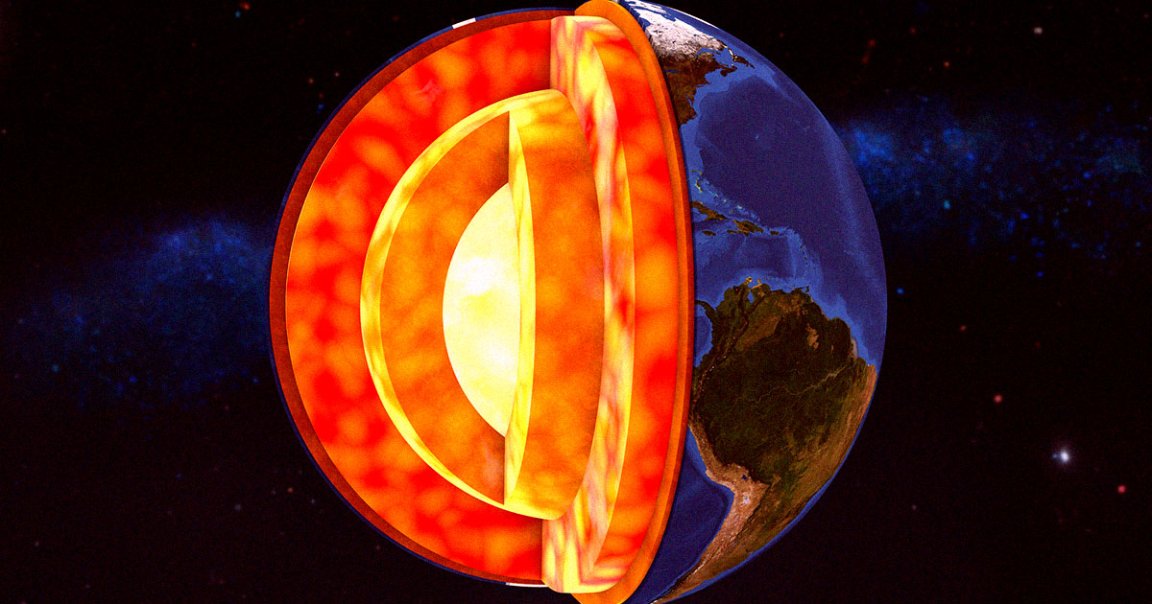
Sad Balloon Noises
Helium, the second-most common element in the known universe, is astonishingly rare on Earth. It’s the only element that’s completely nonrenewable on our planet, making it increasingly difficult to come by.
We extract it from natural gas deposits in the planet’s crust that slowly form as they rise through the Earth’s layers and eventually diffuse into the atmosphere.
Exactly how much is left of the stuff is still largely a mystery. The theory goes that since it hasn’t entirely vanished over billions of years, the Earth’s core may be leaking it from much larger yet undiscovered reserves.
Now, a team of scientists from the California Institute of Technology and the Woods Hole Oceanographic Institution has studied samples taken from lava fields in the Baffin Islands in Canada and Iceland and discovered that they contain mysteriously similar concentrations of helium isotopes, suggesting they came from the same source deep, deep underground — and which has indeed been slowly leaking the stuff over time.
It’s not only a tantalizing glimpse into the earliest days of our planet, but also potentially a huge chance to study the Earth’s extremely inaccessible core.
Gas Backward
As detailed in a paper published in the journal Nature, the scientists concluded that this source might originate in the Earth’s core. They came to this conclusion by taking into consideration the presence of other noble gases such as neon, which coincides with the conditions present at the time when the Earth was still actively forming billions of years ago.
The scientists conclude that if they’re right about where these gases are coming from, it could give us invaluable insights into the processes and conditions present when our planet came into existence and studying the Earth’s core, which is, of course, trapped under thousands of miles of rock and liquid metal.
There’s still a lot we don’t know about our planet’s composition — but this latest piece could be part of a much larger puzzle about how the Earth formed.
More on the Earth’s core: Scientists Discover Gigantic Solid Metal Ball Inside the Earth’s Core